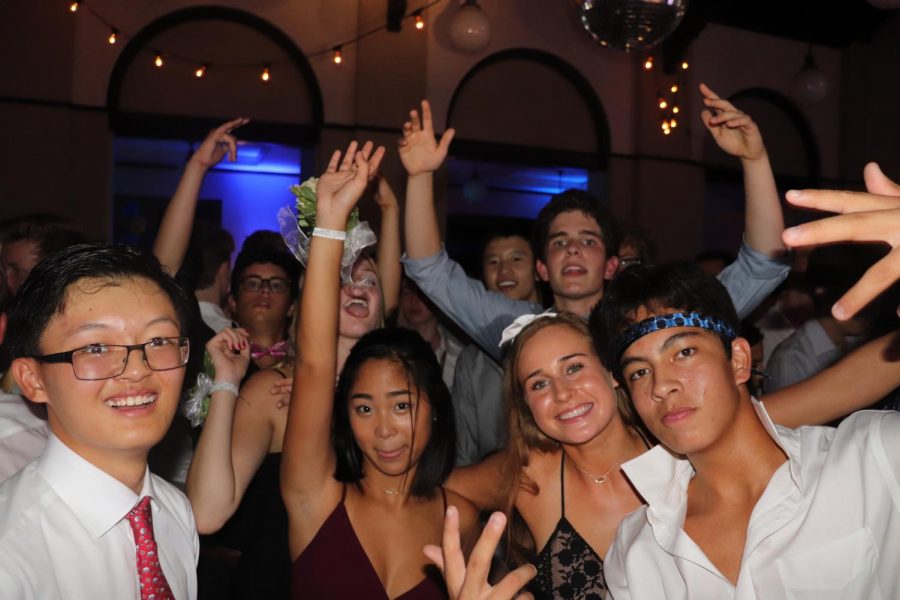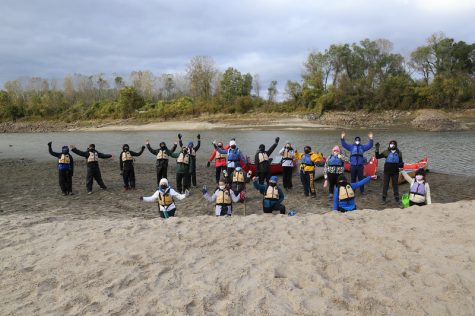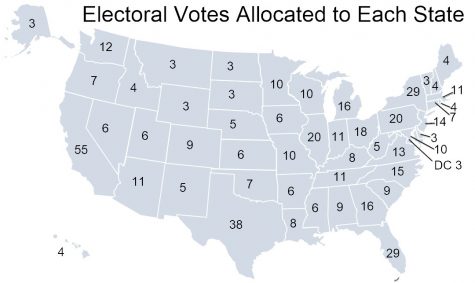A Successful “Lock In”
Juniors pause from dancing to smile for a picture.
November 14, 2017
When it was first announced that Blue and Gold, the homecoming dance for sophomores, juniors, and seniors, was to be a “lock-in,” the concept was not well received.
In the interests of full disclosure, I am the sophomore class president and a member of Congress. Mr. Newman brought to our attention, while planning, that last year’s participation was frankly almost pathetic. Most of the students were gone by 10:30 and some only stayed for a half hour. The rule was formed to increase participation in the event and bring a mass of students together for a night.
After the dance, I concluded that the lock-in really was not a problem. I forgot about it all together after I arrived at the dance, and it was nice to see more people there. However, I understand why previously people were wary about the idea.
Post-dance, it was clear that the “lock-in” had done its job by increasing the number of people that attended. The new venue permitted access to the sculpture garden, which was decorated with soft twinkly lights, and the Keener Gallery, which allowed the students to have a little freedom and get some fresh air.
Additionally, the enforcement of a cash-only late fee was not a rule that students accepted with welcoming arms. Who wants to pay extra money to go to their own homecoming dance? What would have happened if you had forgotten the money or lost it somehow? For most hyperbolic teenagers, it would have practically been a crime to not attend their homecoming dance.
However, the lock-in and late fee worked. Students showed up relatively on time and stayed until the very end. Most students in each class attended. Compared to the previous year, participation rates increased immensely–much to the joy and relief of the adults that worked tirelessly to plan the big event.
The “lock-in” rule gave the right amount of push to move students to talk to each other more, mingle and enjoy the night. It kept the students packed together but not without some room to breathe. The accessibility to other places for a break helped immensely along with other small activities that kept the student’s attention, such as the raffle and photo booth.
It was my first homecoming and also my first major event to help plan for my year as a sophomore. I’m not one to go out and dance my heart out, mainly because I prefer sitting in my bed and eating everything in my pantry, but the event was much better than I expected, I have to admit. At first, I was not all that excited about the “lock-in” idea. I wanted to go to a friend’s house, change into comfortable clothes and eat some more.
Sophomore secretary treasurer, Penny Zheng ‘20, explained the situation perfectly in a well-mannered email to our class, “Now, I know that in the aftermath of such a transformative experience, most of you are eager to retire to your homes, reflecting and contemplating deeply into the wee hours of the night.” Students wanted to return home and relax, especially after dancing the night away while wearing incredibly uncomfortable shoes in a small, overheated room.
However, I have to admit, never once did I beg someone to take me home. Of course I asked for more food, but that’s not the point. The night was well spent with good friends, fun activities and food.
Afterward, I asked Mr. Newman what his thoughts were on homecoming. “I have heard nothing but positive things other than it was hot! Students even say the lock in was not a big deal at all and kept everyone together having a good time. Success? For sure.”
I also have to admit that I honestly considered going in my unicorn onesie with some snacks tucked in the pockets. But all in all, this homecoming and the whole “lock-in” idea worked. Students had the opportunity to spend time with everyone else in one spot without feeling like they were stuck in a cage. The lock-in really wasn’t a big deal. I even forgot about it while I was there.





